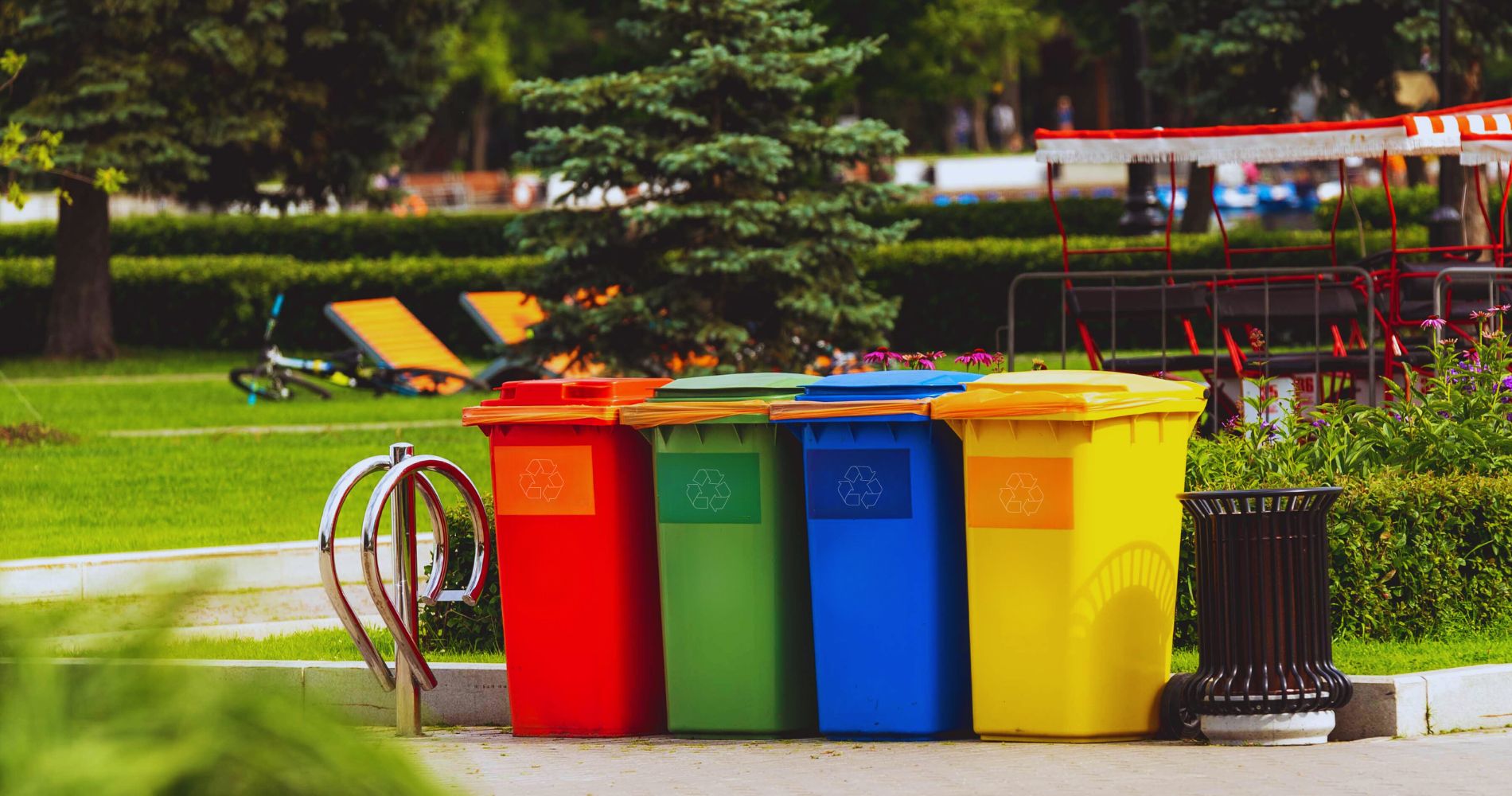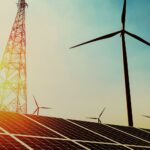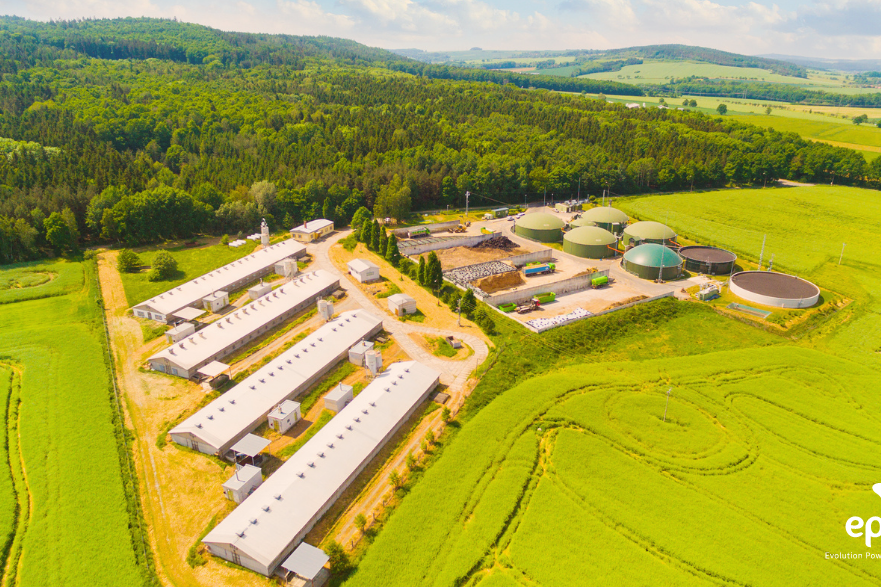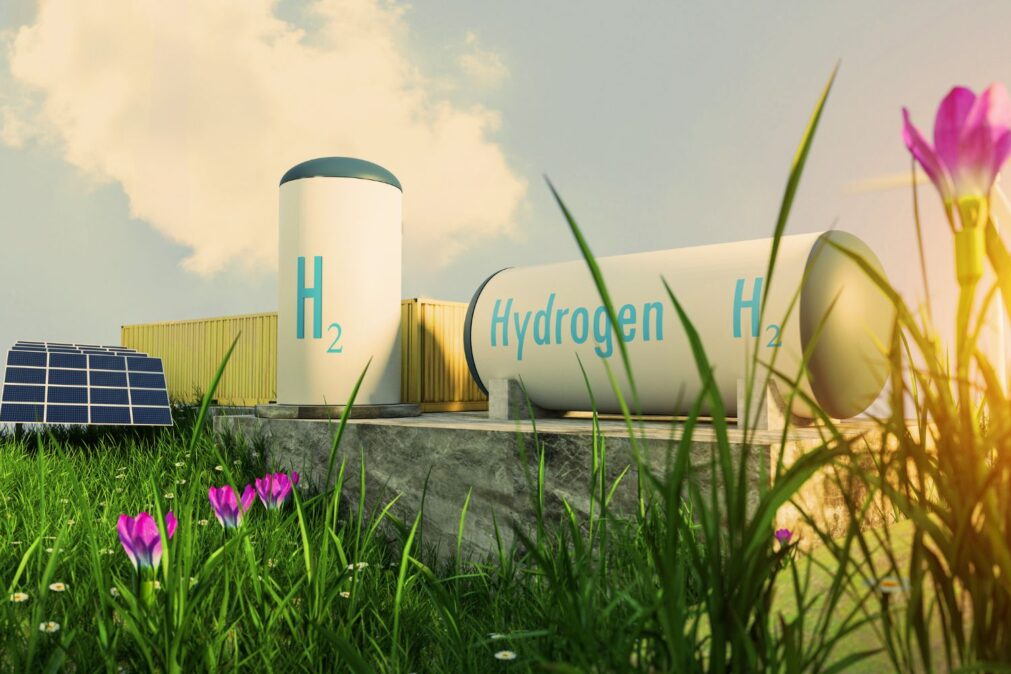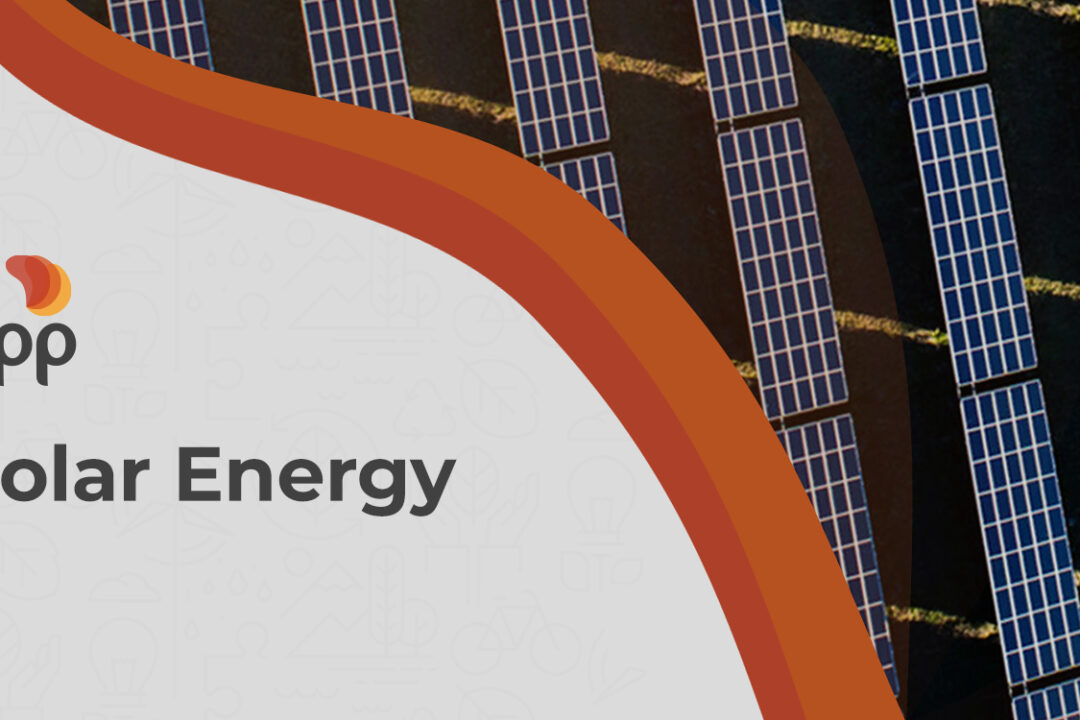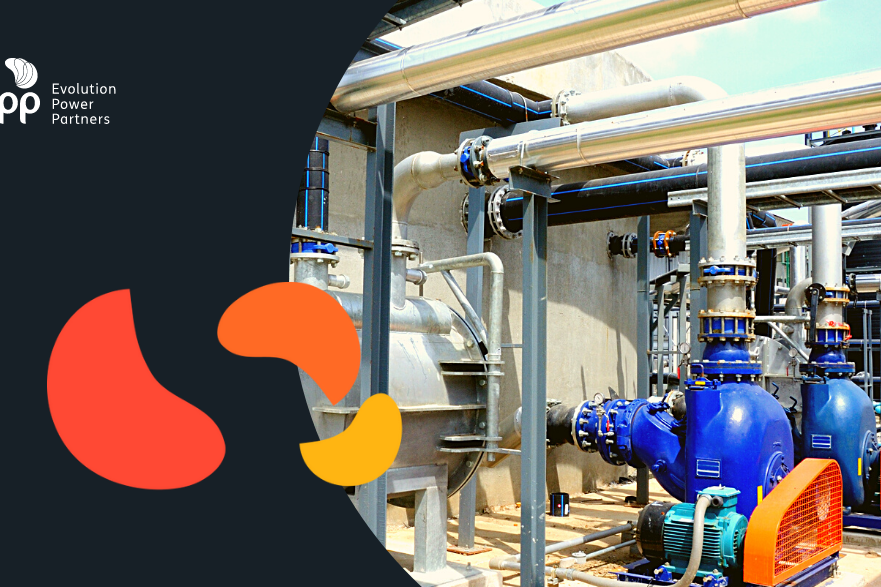In a global scenario where consumption and pollution grow exponentially, waste emerges as a symbolic challenge, highlighting methane (CH4) as one of the main villains of the greenhouse effect. In this context, Eva Energia stands out for transforming this environmental problem into a renewable and sustainable energy source.
Brazil, as a major waste producer, generated 82 million tons of waste in 2022, with only a minimal fraction being recycled. The gases emitted by garbage, especially methane, are highly polluting. However, the conversion of biogas derived from waste into electrical energy presents itself as a viable and promising solution.
Eva Energia, through its installations in different locations across the country, such as São Paulo and Rio de Janeiro, plays a crucial role in the production of energy from biogas. The company operates with cutting-edge technology, transforming biogas, a waste by-product, into electrical energy and fuel.
This process not only generates clean energy, but also contributes to the reduction of greenhouse gas emissions. Biogas production in Brazil has shown significant growth, with installed capacity currently allowing the generation of 2.46 billion cubic meters per year. Most of this capacity is concentrated in the state of São Paulo.
Speaking specifically about biomethane, the company Gás Verde, controlled by Urca Energia, is an important player in this segment. Currently, Gás Verde produces around 130 thousand m³/day of biomethane from the Seropédica Landfill (RJ), the largest in Latin America, and supplies it to large industries such as Ternium and Ambev. The company has ambitious expansion plans, with the aim of increasing its production to 580 thousand m³/day by 2026. This expansion will include CO2 treatment for sale to industries. The recent acquisition of ENC Energy by Gás Verde increased its share of the biomethane market to more than two thirds, with a total processing capacity that can reach up to 1 million cubic meters per day.
Brazil has significant potential for biogas production, estimated at around 85 billion cubic meters annually, according to CIBiogás. However, current production is approximately two billion cubic meters per year, which represents only a small fraction of this potential. Even so, there was a 16% increase in the number of new biogas plants operating in Brazil and a 10% growth in the volume of biogas produced in 2021 compared to the previous year.
With regard to inverting the gas emissions curve, the use of biogas plays a fundamental role. In 2012, as part of the commitments of the Kyoto Protocol, which came into force in 2005, and with the prohibition of the direct release of gases into the atmosphere, the practice of controlled burning of methane began. This practice involves the use of individual ducts that function as small chimneys for the controlled burning of methane released by waste. This process not only avoids the direct emission of methane into the atmosphere, but also allows its use as an energy source, contributing to the overall reduction of greenhouse gas emissions.
The journey of Eva Energia and other companies like Gás Verde in exploring biogas and biomethane reflects a progressive and sustainable path to addressing the environmental challenges of the 21st century. As the world seeks solutions to the climate crisis, these initiatives are shining examples of how innovation and technology can transform environmental problems into sustainable opportunities.
